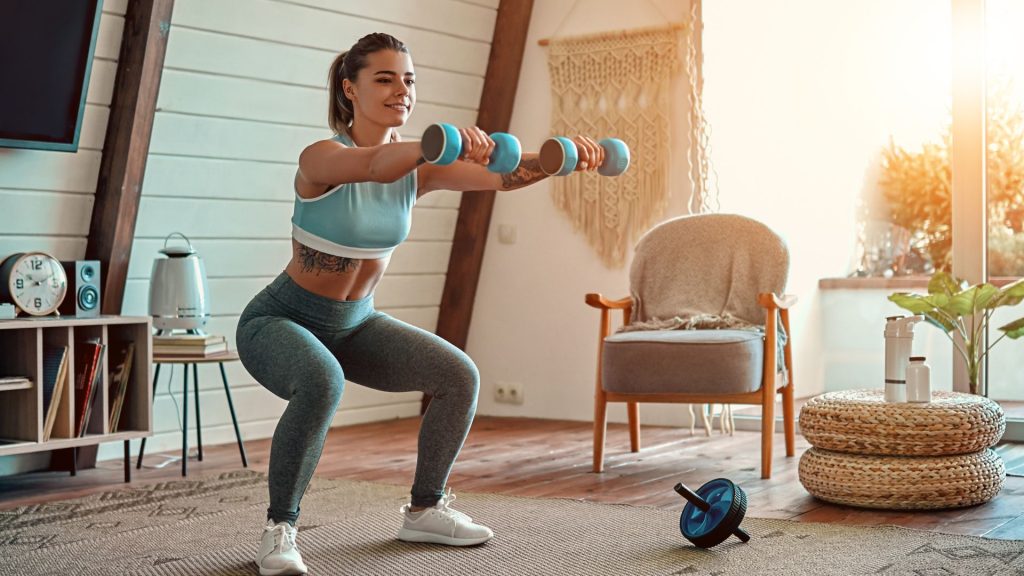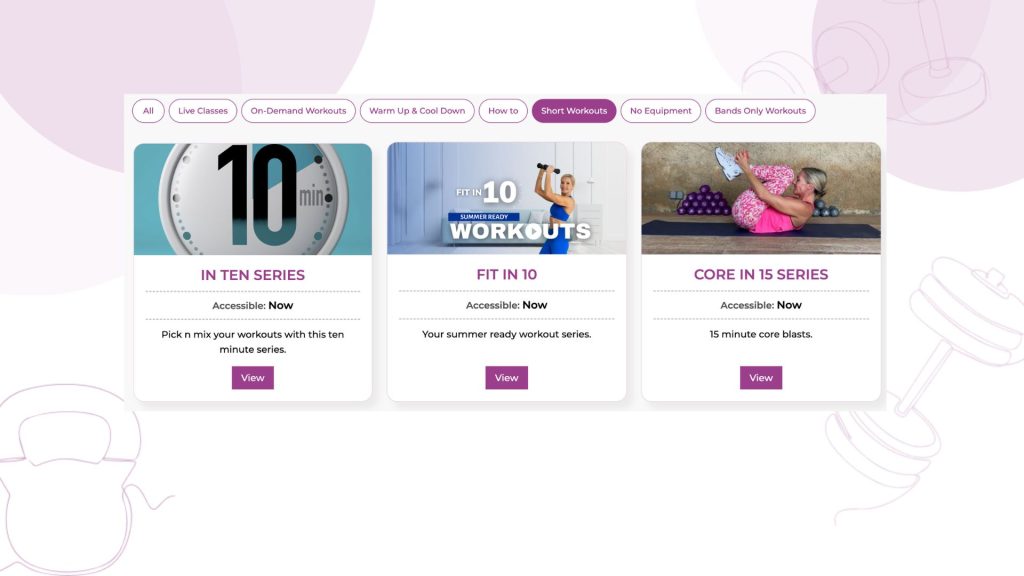
Fitness Tech & Wearables: Train Smarter, Not Just Harder
Let’s be honest — when it comes to strength training, most of us want to feel strong, see progress, and avoid burnout. But figuring out how to train smarter, not just harder, can feel like a bit of a mystery. That’s where fitness tech steps in.
Thanks to the rise of wearables and smart devices, we now have powerful tools right at our fingertips (or wrists!) that help us understand our bodies on a deeper level — from how we sleep to how we recover, and everything in between.
Here’s how fitness tech is changing the game for women who lift — and how you can start using it to level up your training.
What Are Fitness Wearables?
In short: they’re smart gadgets that track your health and fitness in real time. Think watches, rings, or straps that keep tabs on things like:
- Heart rate
- Steps taken
- Calories burned
- Sleep quality
- Stress levels
- Recovery readiness
- Even menstrual cycle tracking
Some popular ones you’ve probably seen (or already use!) include:
- Apple Watch
- WHOOP Strap
- Oura Ring
- Garmin
- Fitbit
These devices aren’t just about closing your rings or hitting a step count. They help you train with intention — so you’re not guessing your way through your workouts.
Why Wearables Matter for Women Who Strength Train
1. Personalised Progress (No More Guesswork)
Every body is different. With wearables, you can track your metrics — whether that’s calories burned during a heavy lift session, or your average heart rate during a conditioning circuit. It’s about data that actually helps you grow stronger, not just numbers for the sake of it.
2. Smarter Recovery Decisions
Ever feel a bit “off” but can’t quite explain why? Some wearables track your HRV (heart rate variability), sleep quality, and overall readiness so you know whether to push through or take a recovery day. It’s like having a coach on your wrist gently saying, “Let’s take it easier today.”
3. Hormone-Aware Training
Some tech pairs with apps to help you track your menstrual cycle and understand how your hormones might be influencing your strength, energy, or motivation. This is huge when it comes to lifting smarter — not pushing yourself on low-energy days, and leaning into your power when your body is ready to go.
4. That Extra Motivation Boost
Sometimes, that gentle ping to “move more” or “hit your goal” is the exact push you need to finish your last set. It’s like having a mini cheerleader that celebrates your small wins along the way.
How to Use Wearables in Your Strength Routine
➤ Track Your Heart Rate Zones
Use your watch or strap to see which heart rate zone you’re training in. It helps you push harder when needed, and recover properly when it’s time to slow down.
➤ Tune Into Sleep & Stress Data
If your wearable tells you you slept poorly or are under stress, consider a mobility session or active recovery instead of heavy lifting. Recovery is training, too.
➤ Set Small Daily Movement Goals
Even on rest days, wearables encourage gentle movement. Whether it’s a walk, stretching, or light cardio — it all adds up.
➤ Sync With Your Workouts
Many wearables link to fitness apps or platforms. Track your strength sessions, monitor trends, and celebrate progress with clear, visual data.
A Quick Note: Use Tech As a Tool — Not a Rulebook
While wearables are amazing for insight, they’re not meant to replace how you feel in your body. If your tracker says “rest” but you’re feeling energetic and ready, go for it. Your intuition matters just as much as the data.
Also: Not all wearables are created equal. Think about what you want to track, what fits your lifestyle, and how much info you actually want to see each day.
Final Thoughts
Fitness wearables aren’t just for pro athletes or hardcore data nerds — they’re for any woman who wants to feel empowered, informed, and aligned with her body. Whether you’re chasing strength gains, building habits, or simply curious about what’s going on under the hood, these tools can give you the clarity and confidence to train with purpose.
So, strap on your watch (or ring!), hit start on your next session, and know that you’re training smarter — not just harder.
As always, any questions please do get in touch.
Caroline x



